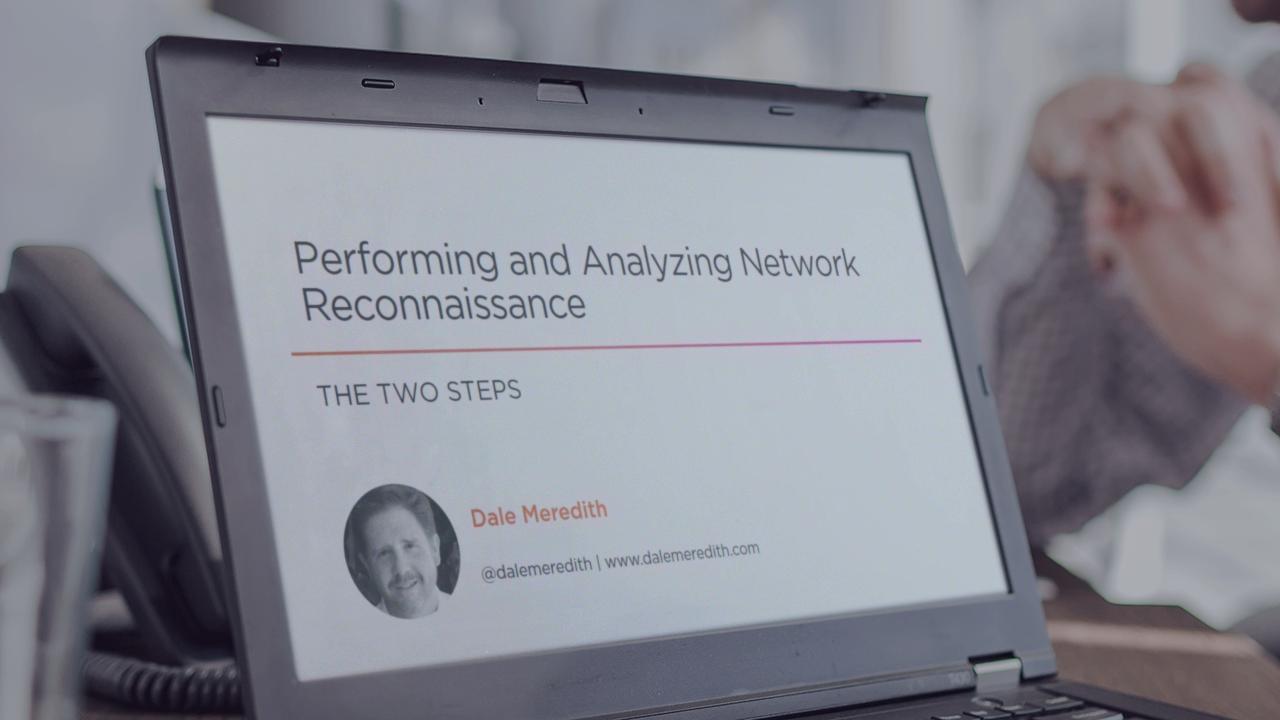- Course
Performing and Analyzing Network Reconnaissance
Seeing what is currently being exposed about your networks and company resources is vital. This course will provide a fundamental understanding of both reconnaissance and scanning and how it can affect your security posture.

- Course
Performing and Analyzing Network Reconnaissance
Seeing what is currently being exposed about your networks and company resources is vital. This course will provide a fundamental understanding of both reconnaissance and scanning and how it can affect your security posture.
Get started today
Access this course and other top-rated tech content with one of our business plans.
Try this course for free
Access this course and other top-rated tech content with one of our individual plans.
This course is included in the libraries shown below:
- Core Tech
What you'll learn
You've been tasked as an "Incident Handler" and you are wondering where you start. Attackers typically start with doing a little "reconnaissance" of their target, so it only makes sense that you start there as well. In this course, Performing and Analyzing Network Reconnaissance, you will learn how to think like an attacker in order to stay a step ahead of one. First, you will learn about the two different steps of reconnaissance and scanning. Next, you will learn what to look for, how it's done, and what you can do to protect your infrastructures. Finally, you will learn about tools you can use that the attacker will use against you. By the end of this course, you'll know how to look at your infrastructure the same way attackers do, and understand the process to minimize those threats.

